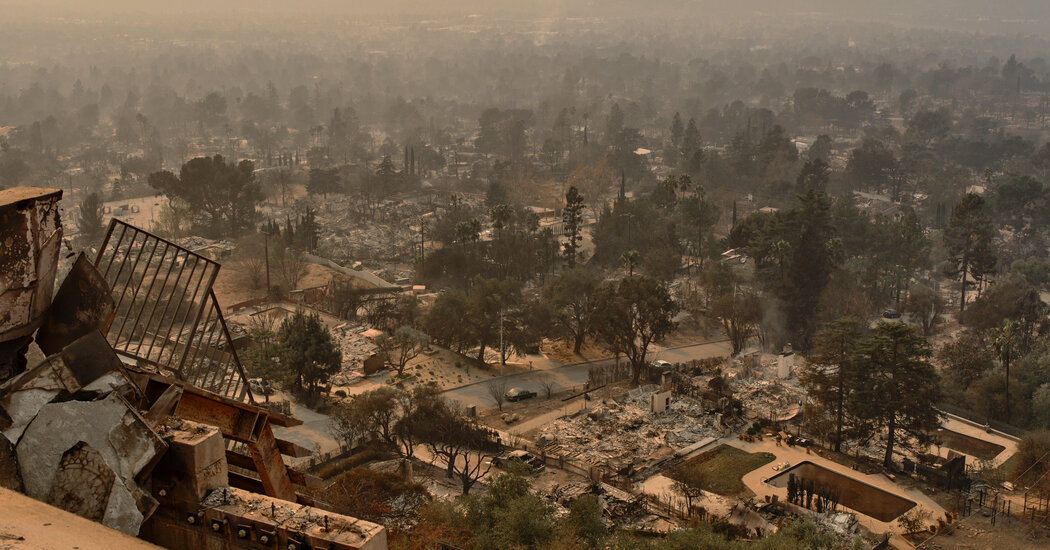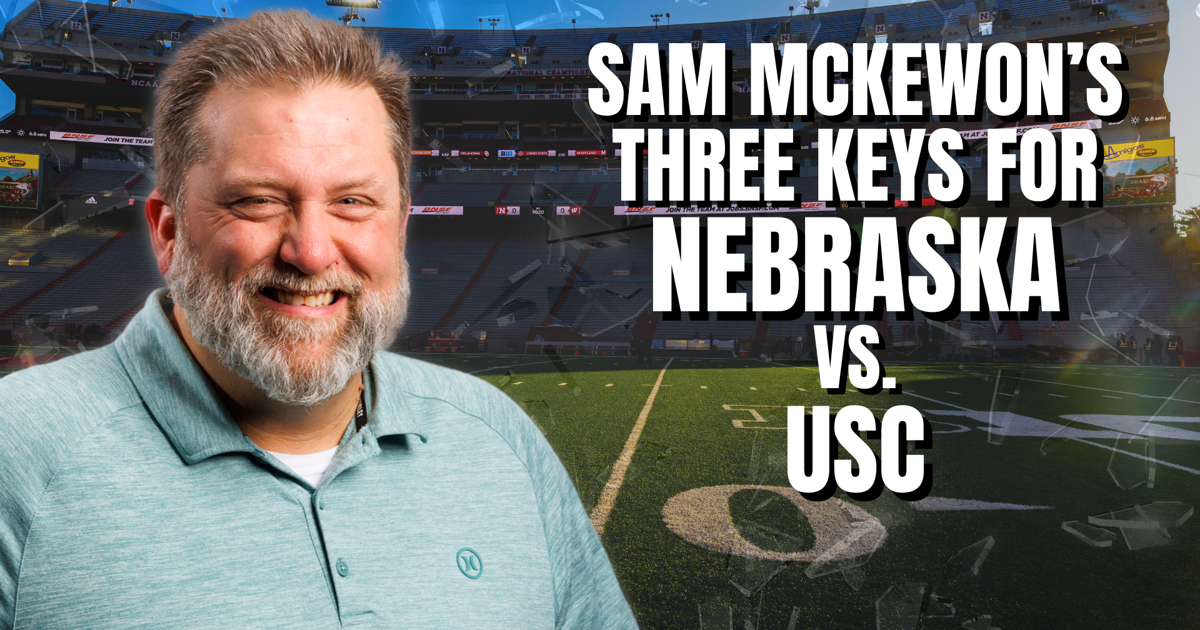Copyright The New York Times

It has been almost 10 months since the ferocious, wind-whipped Eaton fire tore through neighborhoods in eastern Los Angeles County, upending life for thousands of residents. Now, the victims are preparing to learn what their suffering may be worth. Southern California Edison — the utility that owns the decommissioned power line that may have started the fire — made a sweeping offer on Wednesday to pay families affected by the blaze hundreds of thousands or even millions of dollars in compensation. The Eaton fire ravaged Altadena, an idyllic foothill community northeast of downtown Los Angeles, killing 19 people, destroying thousands of homes and damaging thousands more. Although state fire investigators have not officially determined the cause, evidence suggests that the utility’s equipment played a key role. Survivors have until Nov. 30, 2026, to decide whether to take the utility up on its offer — and forfeit the right to sue — or to hold out for a legal settlement that could be larger but take years to be resolved. It is a calculation that more Californians could face in the future, as climate change causes utility-sparked wildfires to burn hotter and more quickly out of control. For each family, the equation is different. “There have been a lot of people, like lawyers, who are like, ‘I’m going to help you take Edison for everything you can get, like, let’s drag them through the mud,’” said Lauren Randolph, 40, whose home was destroyed in the blaze. “But there’s just so many things to consider, once this is in its final form: Do we take this to get the money sooner? Or do we wait to try to get more? But how much more, in theory, would we actually get, and is that actually meaningful and worth it?” Ms. Randolph and her husband bought their house in West Altadena in 2018, while she was pregnant with her older daughter, and they poured some $150,000 and countless hours into renovating it. For months, whether to take the utility’s money has been a subject of conversation at coffee shops, in WhatsApp groups and among lawyers and their clients. Southern California Edison leaders announced in July that they were planning a program to compensate wildfire survivors. They said they had enlisted the help of Kenneth R. Feinberg and Camille S. Biros, who were known for designing compensation programs for people directly affected by the Sept. 11 terror attacks and the Deepwater Horizon oil rig explosion. This is, Ms. Biros said later, their first time working on a program for survivors of a wildfire. Pacific Gas & Electric, the state’s biggest utility, has paid out billions through similar settlements. A fund to compensate victims of wildfires sparked by its equipment, including the 2018 Camp fire, has paid out $13.7 billion so far, according to a website that tracks its progress. No compensation fund has been set up for the January Palisades fire, which investigators have not linked to any utility. In late September, Southern California Edison company hosted community meetings online and in Altadena to gather feedback on its plans. On a Monday night, fire survivors who had been scattered across the region packed into a park gymnasium to hear from company representatives and voice their concerns. Many older survivors brought their adult children or other relatives. Under the plan, victims would be paid according to the level of damage their home had sustained: destroyed, partially destroyed or damaged by smoke. Survivors could pick from two options: A fast pay option, where they would receive an offer within 90 days of submitting their claim, but with a less detailed review, or a slower option, where they would have to wait for a deeper examination of their losses that could take up to nine months. A fast pay offer would not be reduced by insurance claims, but a detailed review offer would be offset by insurance coverage. Every offer for someone represented by a lawyer would include an extra 10 percent to help cover attorney’s fees. Utility officials emphasized that the program was voluntary: Survivors could file claims and assess their offer, with no obligation to take it. People attending the meeting peppered company representatives with questions, which were transcribed in marker on giant sheets of paper: What about a collection of sports memorabilia that was lost? Would West Altadena residents be paid more because of the lack of warning about the fire? What if family members disagreed about whether they wanted to accept the settlement or continue with a lawsuit? The company didn’t have immediate answers. Some of the survivors said later that they were wary about giving too many details of their cases to the utility; their lawyers had warned them that any information they provided at the meetings could be used against them. On Wednesday, Southern California Edison released the final details of the program and opened the claims process. Pedro J. Pizarro, the president and chief executive of Southern California Edison’s parent company, Edison International, said that changes to the initial proposal had been made in response to feedback, including expanding the number of people who could apply for the program and eliminating some documentation requirements. The total number of eligible parties, which includes households and businesses, is about 18,000, he said. Company executives have said that the compensation program is not an admission of guilt, and they have not been held liable in court for the fire. Nevertheless, Mr. Pizarro said that the company has recognized there is “concerning circumstantial evidence” that its equipment sparked the fire, and that “there isn’t another probable cause.” He has warned investors that the company is likely to face losses as a result. Already, the utility has been sued many times over the fire. “Every month that goes by, you might have more displacement for people who have been impacted, more escalation in construction costs — it just keeps adding up for the victims, as well as for the company,” he said. “For most victims, a standardized program can lead to a fair outcome in very short order, and it really is about having a sense of urgency to get that cash flowing into the community.” Still, some lawyers and advocates for survivors said that they saw the program as a disingenuous attempt by Southern California Edison to reduce its liability. They said the company would rather boost profits for its executives and shareholders than spend money to mitigate the risk of its equipment starting fires in the first place. And the size of the compensation offers has signaled to some lawyers that the company knows it could be forced to pay much more in court. “In almost every case, it’s pennies on the dollar of what we likely — though there’s not certainty — we’ll be able to recover otherwise,” said Kipp Mueller, a lawyer who is representing fire victims. Angela Giacchetti, one of Mr. Mueller’s clients, initially believed her family had been lucky: Their house was one of few in their neighborhood that was left standing after the Eaton fire roared through. But she said she quickly learned that dealing with smoke damage is its own nightmare. The roof of the house, built in the 1940s, needed to be replaced. Initial attempts to clean the house left behind a lingering stench. Ms. Giacchetti, 37, her husband and her now 18-month-old son have moved every few weeks or months, as insurance payments have slowed. She said the cost of fixing her home has been multiple times what Southern California Edison would likely offer her through the program. And the fact that the non-economic damage payments for children were less than for adults was an insult, she said.



